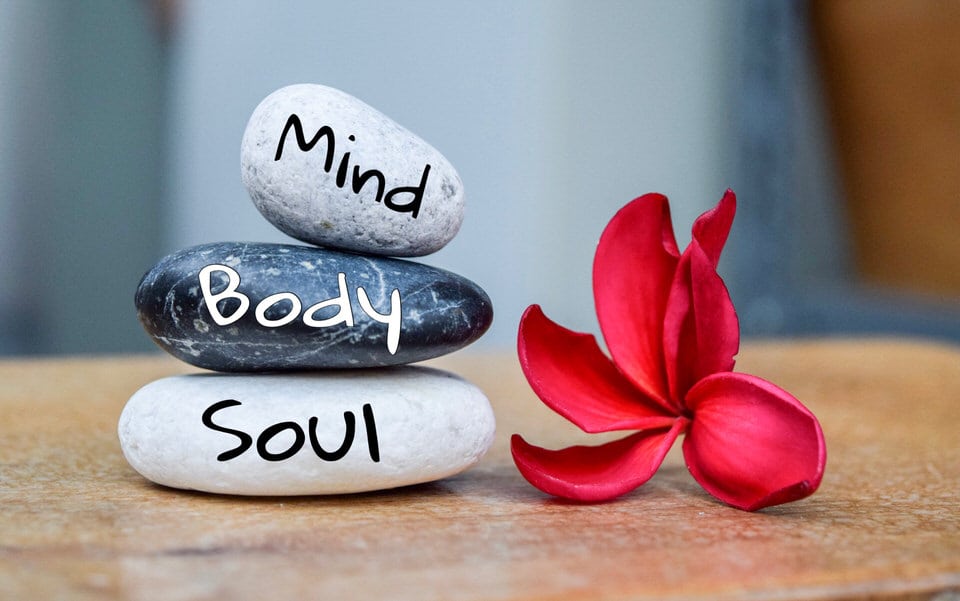On the role of collective unconscious in etiquette psychology and the social, cultural, historical and psychological dimensions of etiquette
Etiquette is closely related to culture as cultures provide the code of conduct and thus lay the foundation for the basic pattern of social interaction. Etiquette relates to what is socially appropriate and is very socially grounded whereas manners could be more generalized. The psychology of etiquette has to analyze social customs according to psychological principles and how etiquette or codes of behavior have developed from the collective consciousness.
Psychologically etiquette is dependent on
1. Culture and Customs of nations
2. Collective Consciousness of the people
Culture and customs define the social appropriateness of etiquette and the collective unconscious provides the foundation on which etiquette could be developed or explained. The collective consciousness is a repository of emotions or experiences of the past and especially experiences of the ancestors or people who have lived within a society and these experiences are carried over in some form to the present generation. Usually the collective consciousness is felt through a sense of shared time, shared past, shared emotions, shared history, and a sense of shared responsibility.
In psychoanalysis, collective unconscious has been referred to a part of the psyche of humanity and other life forms that seem to organize collective experiences. Carl Jung suggested that along with our personal individual consciousness, there is a collective unconscious in the psyche that is universal and impersonal in nature. In order to understand etiquette, we have to understand how the collective unconscious helps shape our taboos, traditions and perception of what is right and wrong. In fact etiquette directly relates to perception and judgment and though not morally derived could be based on deep rooted moral beliefs of a culture. These moral residues have been transmitted through generations and ingrained in the collective psyche of nations. Customs develop from these collective thoughts and perceptions and these customs tend to create the etiquette.
Etiquette relates to behaving appropriately or following certain norms or patterns of behaviour and it is psychological in its manifestation as etiquette is based on customs or traditions and perceptions dependent on the collective psyche and unconscious. Jungian psychology in fact could explain a lot of customs and patterns within cultural schemas or manifestations of cultural taboo and perceptions. Thus it could also form the basis of a cultural and etiquette psychology.
Etiquette Psychology could involve understanding of:
1. The Collective unconscious as it relates to the development of traditions and beliefs within a culture
2. The individual or personal unconscious as it relates to perception of beliefs and using these as the basis of behaviour
3. Individual behaviour as it relates to following certain perceived beliefs
4. Collective behaviour as an aggregate of individual perceptions and forming collective cultural norms and etiquette
The flow chart is given as:
collective unconscious – personal unconscious – individual behaviour – collective behaviour – culture and customs – etiquette
Etiquette is thus a product of culture and customs built through collective behaviour and derived from the foundation of collective unconscious. All these elements seem to be interrelated in etiquette psychology.
Any etiquette psychology will have to trace how collective unconscious relates to personal unconscious and leads to collective and individual behaviour. This could be further studied to show how culture and customs are related to etiquette and rules.
The four main aspects of Etiquette are social, cultural, historical and psychological. In developing a theory of etiquette which will have to be closely related to cultural and social aspects, the historical and psychological dimensions will have to be considered as well.
Social – The social dimensions in the development of etiquette are about studying the social systems and how these affect the development and perception of traditions. For example tribal societies thrive on collective action and in some cases tribes work in groups for their basic sustenance and for fulfilment of their basic needs. In individualistic societies, etiquette and customs may develop in accordance with social systems as in civilized societies consuming food without offering others is well within etiquette although in societies that thrive on group activity, this may not be considered appropriate. Thus etiquette in general develops in accordance with social systems and is based on attitudes people hold and their belief systems. These aspects of etiquette are generalized and could be found in many similar societies and are the basis of distinguishing uncivilized-civilized societies, tribal-non tribal societies, eastern-western societies and so on. Social aspects of etiquette are thus always the basis of broader generalizations.
Cultural – The cultural dimensions of etiquette is the next stage of development of etiquette and unlike the social aspects of etiquette are less generalized and more specific according to cultural focus. For example eating all the food offered is considered acceptable and encouraged in Japanese and American cultures but considered gluttony in Arab cultures. Tipping is almost expected in some Asian, Middle Eastern and African nations although in Japan it is considered rude if you leave a tip. These are specific forms of etiquette and cultural dimensions or aspects of etiquette distinguish cultures and societies on narrower levels. These distinctions based on cultural aspects of etiquette are specific or narrow as the distinction between Japanese and Arab etiquette or Chinese and Indian etiquette, French and Greek etiquette and so on. These culture specific aspects of etiquette could be studied by understanding customs and cultures and would form deeper level analysis highlighting cultural dimensions and focus on issues such as dress code to eating habits. In fact culture specific etiquette are more about habit formation and less dependent on belief systems which are more generalized as belief systems could be common across cultures.
Historical – The historical aspects of culture are directly interwoven in the development of etiquette and this is where collective psyche and collective behaviour are important. Cultural and social history could be relevant in forming etiquette and determine attitudes and behaviour. Social history could be relevant for regions and wider societies as the history of a region determines the pattern of thought in a collective society and also suggests the future direction. For example the history of Britain has been marked by the reign of the British Empire and this has consequently shaped patterns of behaviour and etiquette that are more in accordance with a culture of monarchy. These behaviours and etiquette that was ingrained in the people many years back are carried over to this day.
Psychological – The psychological dimensions of etiquette would have to consider Jungian perspectives of collective unconscious and the dynamics of collective behaviour. What are the unconscious motivations for behaving in a certain way at a social rather than individual level? Why do people behave in similar ways when they encounter similar emotions? The psychological aspects of etiquette would involve studying emotions as they relate to culture and customs and how emotions form customs and how customs bring out emotions in a subtle way. The link between emotions and etiquette could be studied both in an individual/personal level or a collective societal level.
Source by Saberi Roy










Leave a Reply